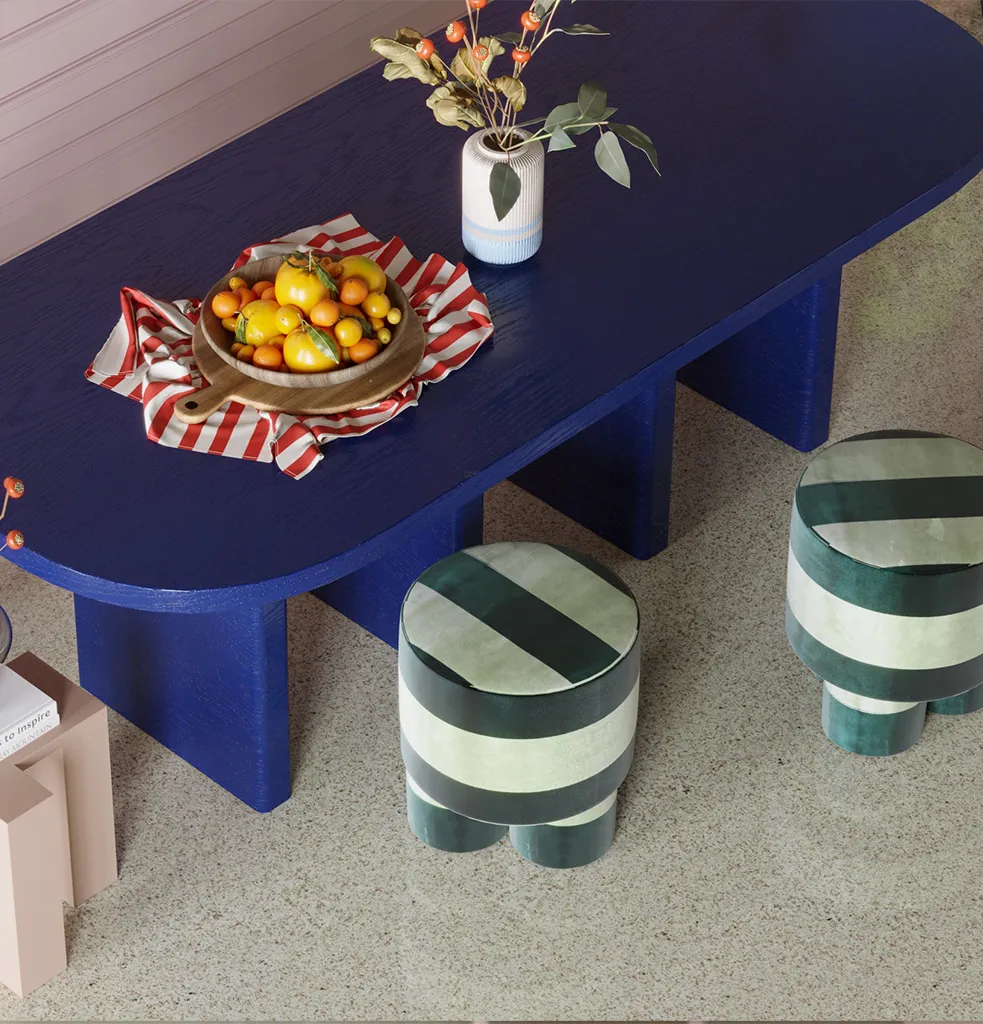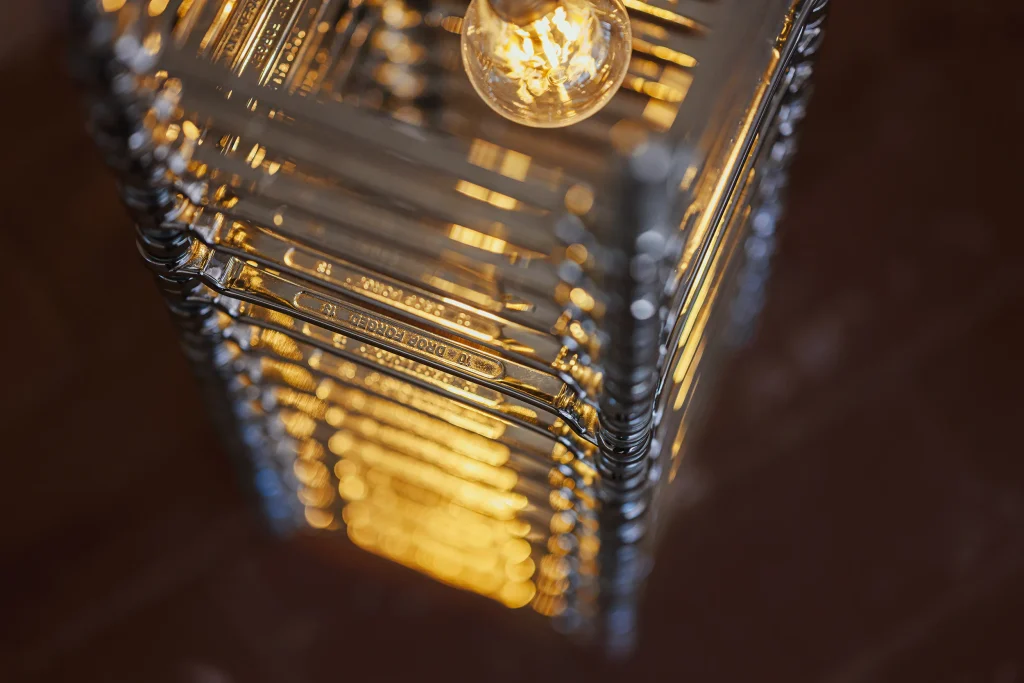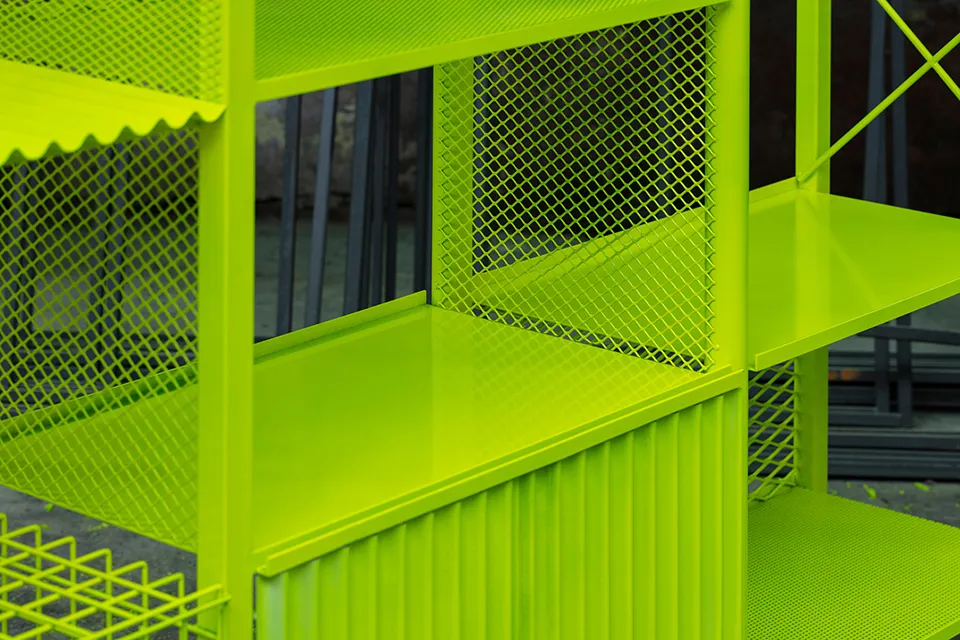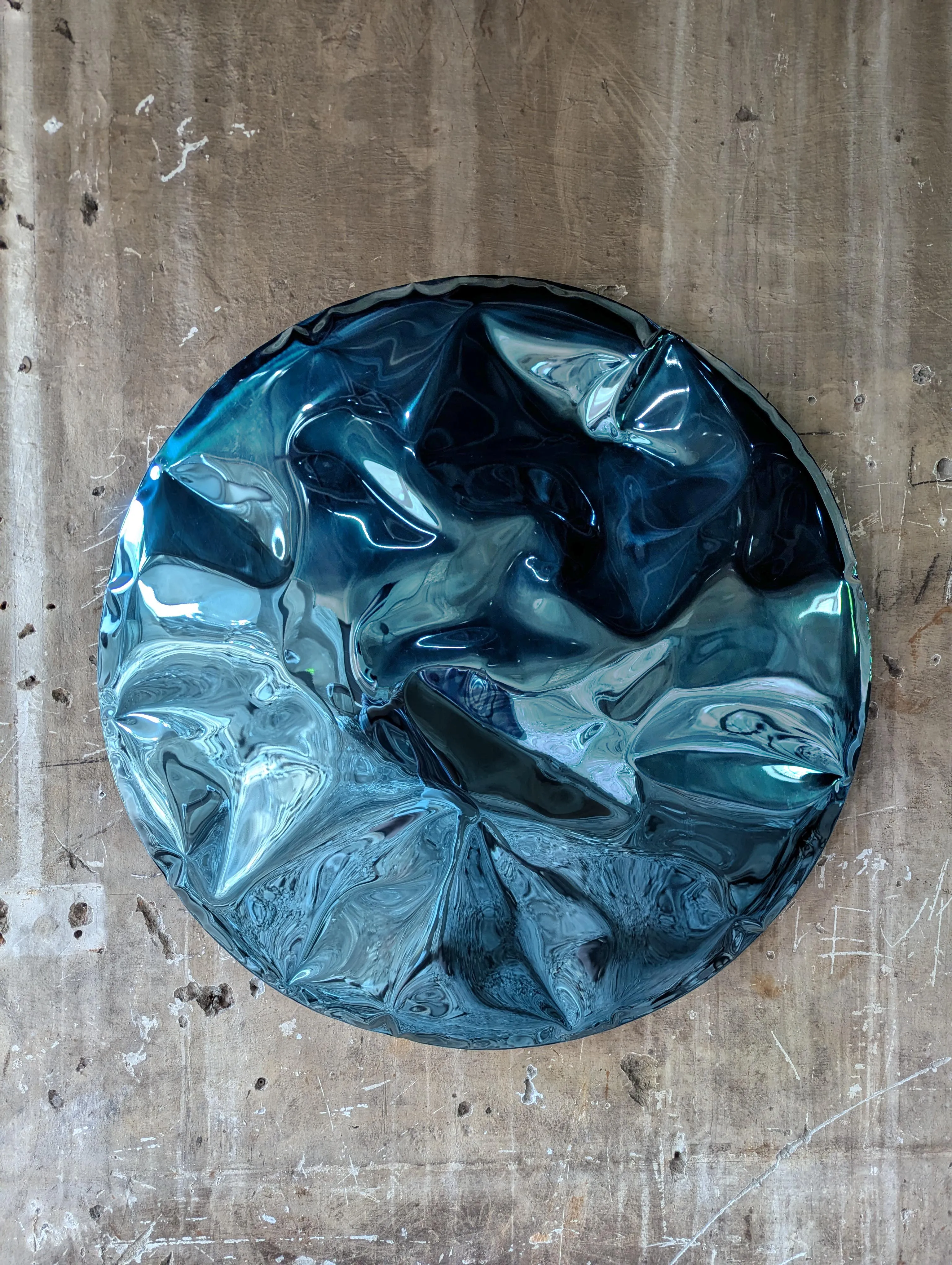
Metal Mania: 2024 Metallic Design Trends
In 2024, metals — particularly aluminum and stainless steel — are making a dynamic impact on interior design. Showcasing their sleek and versatile nature, cool-toned metals are not just revisiting classic roles but are being reimagined through innovative techniques and creative applications. Designers are exploring the full spectrum of metal’s potential, from its rigid, industrial forms to its softer, more fluid expressions. This year’s trend underscores how metals are transforming modern interiors through a broad application of refined aesthetics and practical functionality. Metal, an essential and enduring element in design, continues to evolve with fresh innovations, setting new benchmarks for both sophistication and practicality in contemporary spaces.
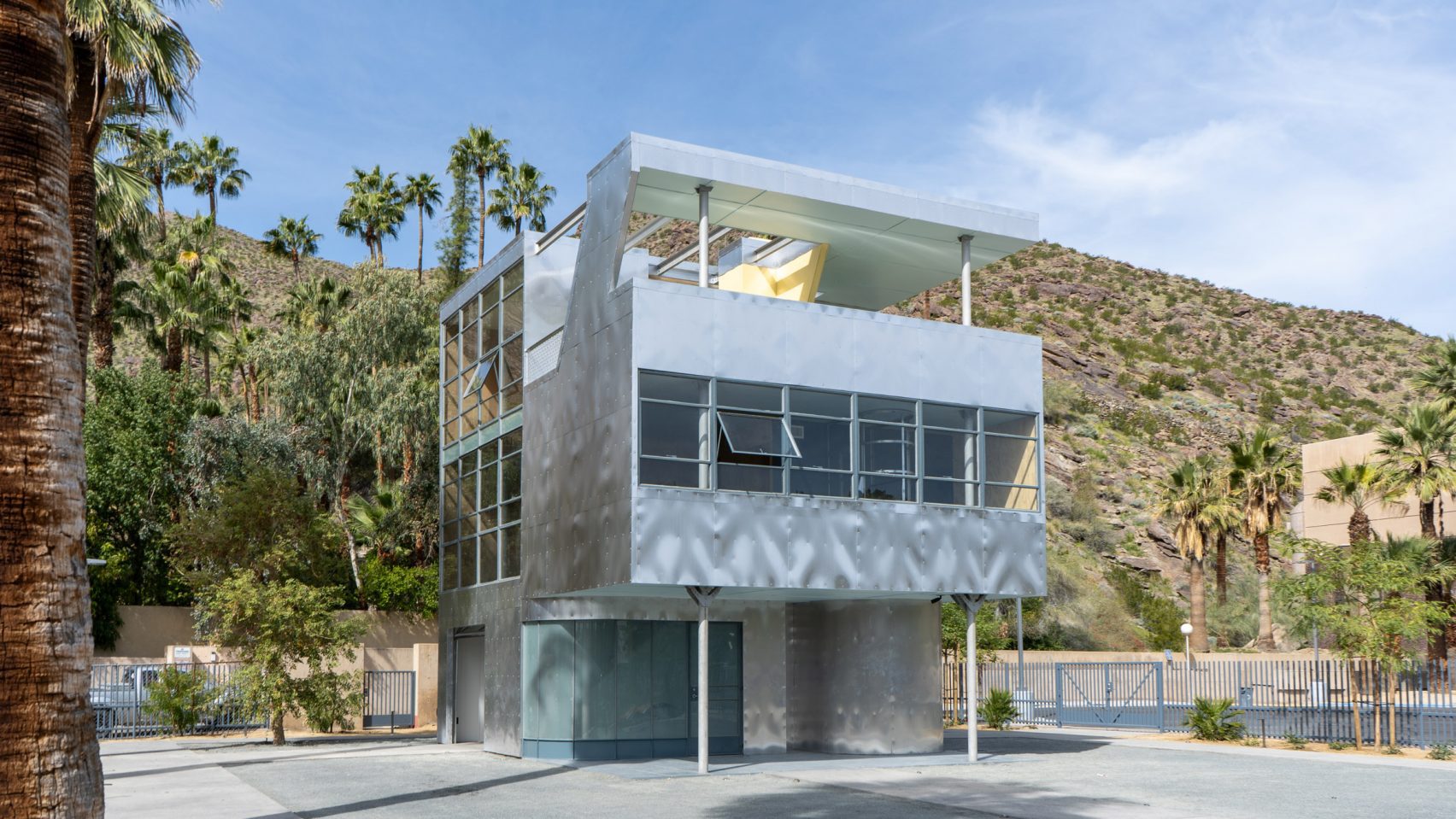

Image: Guillaume Goureau, courtesy of Palm Springs Art Museum
Metal’s Timeless Role in Evolving Design Trends
Metal has been a cornerstone in design for centuries, serving as a foundational element in structures, decor, and jewelry. Each era has seen metal take on different roles and aesthetics, largely driven by trends in finishes and materials. In the 2010s, warm-toned metals like copper and rose gold were celebrated for their ability to infuse spaces with a cozy, inviting glow. As we moved towards the late 2010s, brass became the metal of choice, appreciated for its ability to develop a rich, aged patina, adding a sense of history and character to interiors.
However, 2024 has ushered in a new era dominated by cool-toned metals, particularly aluminum and stainless steel. These materials are at the forefront, celebrated for their sustainability, versatility, and the modern, industrial edge they bring to contemporary spaces. The shift in metal trends reflects not just a change in aesthetic preferences but also an evolving approach to design, where innovation and practicality are just as important as visual appeal.
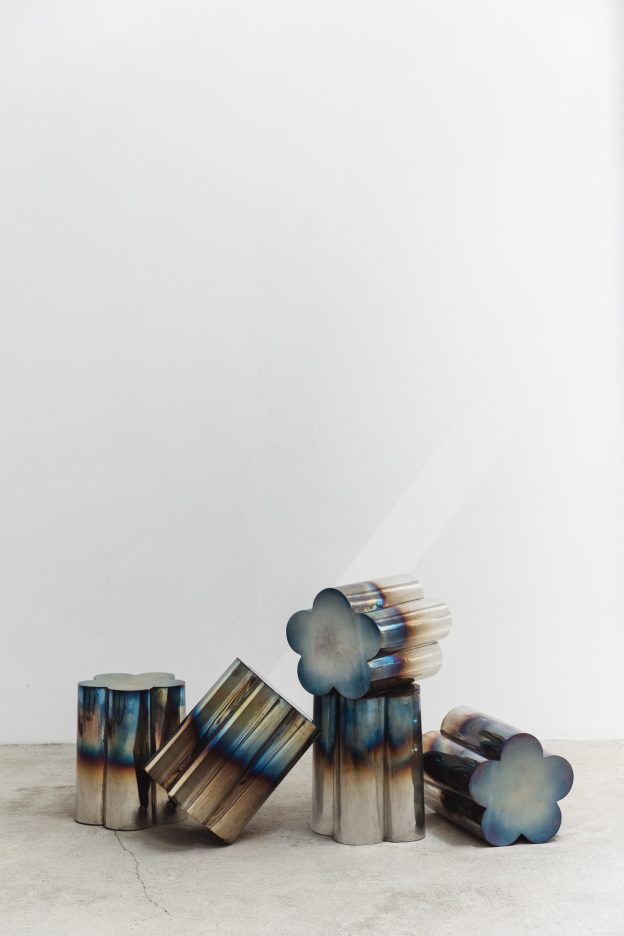

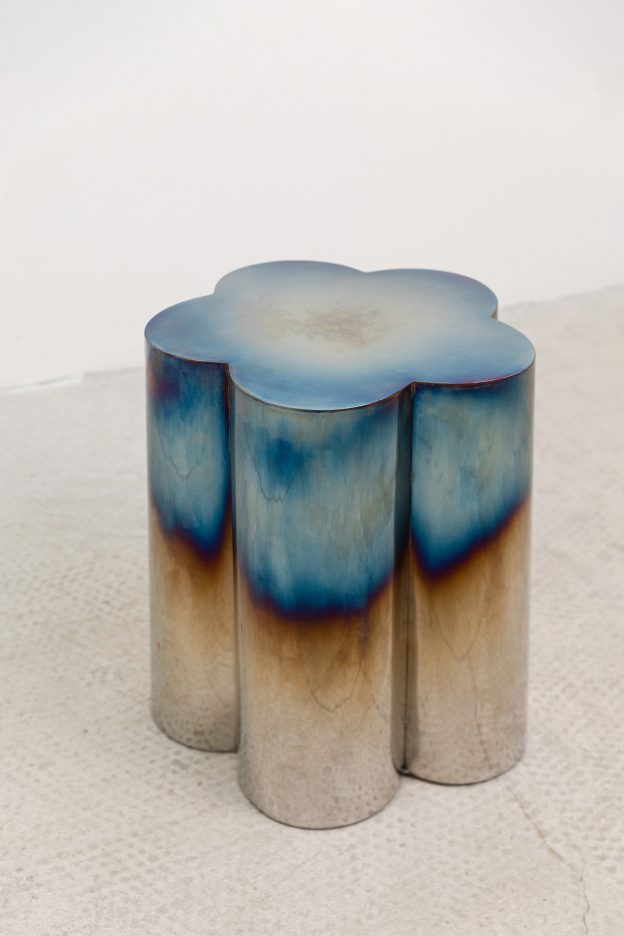

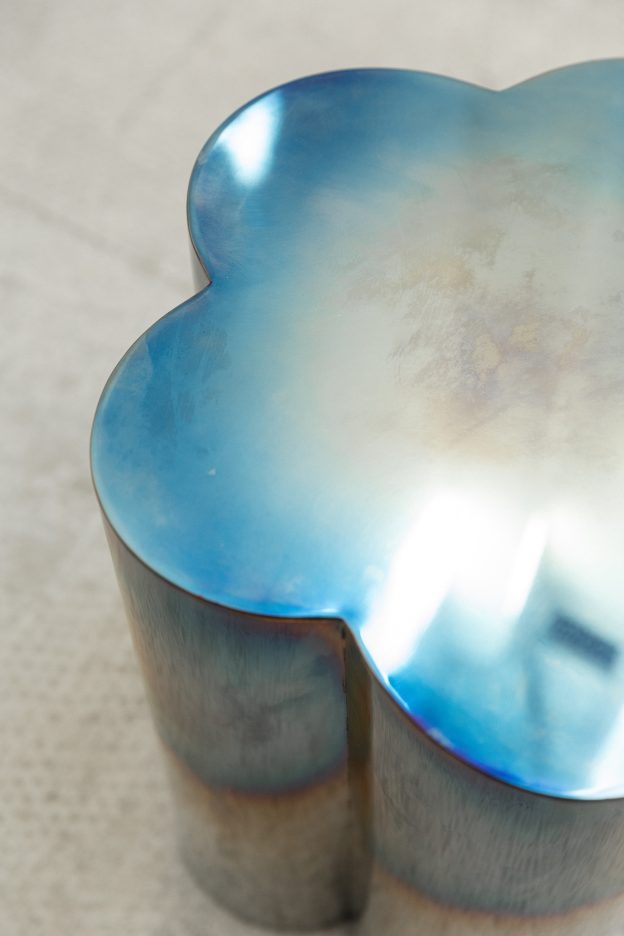

Recycled and Upcycled Metal Designs
Sustainability is a major driving force in design today, and recycled and upcycled metals are leading this movement. Production of metals accounts for 40% of all industrial greenhouse gas emissions, 10% of global energy consumption, and billions of tonnes of by-products each year. With these environmental impacts in mind, designers are increasingly turning to discarded objects—such as bike frames, wrenches, and other industrial materials—to create unique, eco-friendly furniture and decor. These upcycled creations not only reduce waste but also add a layer of history and character to interiors. Each piece tells a story, making it both a conversation starter and a functional object.
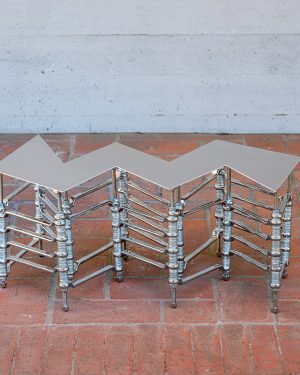

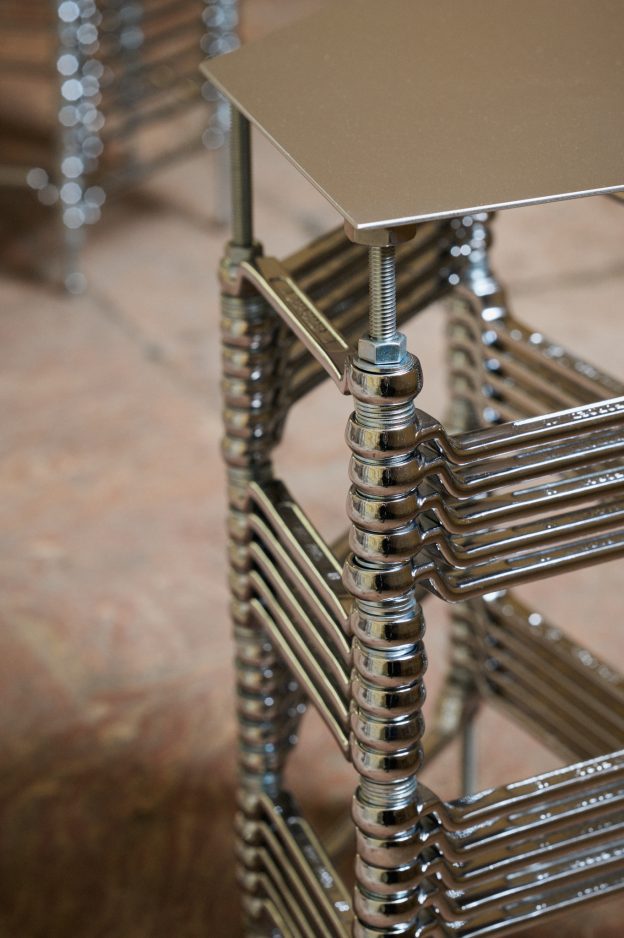

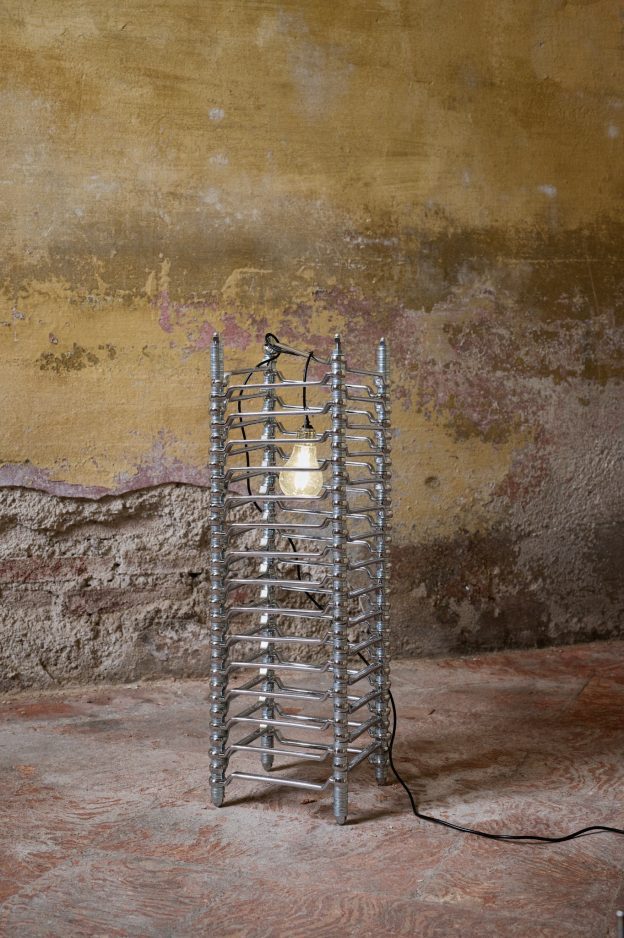

Metals like aluminum and steel are particularly suited for this sustainable approach. Steel, in particular, stands out as one of the most sustainable materials in the world. It is used but never consumed, meaning it can be recycled indefinitely without losing its inherent properties. Each year, more steel is recycled than aluminum, paper, glass, and plastic combined, making it one of the few truly cradle-to-cradle materials.
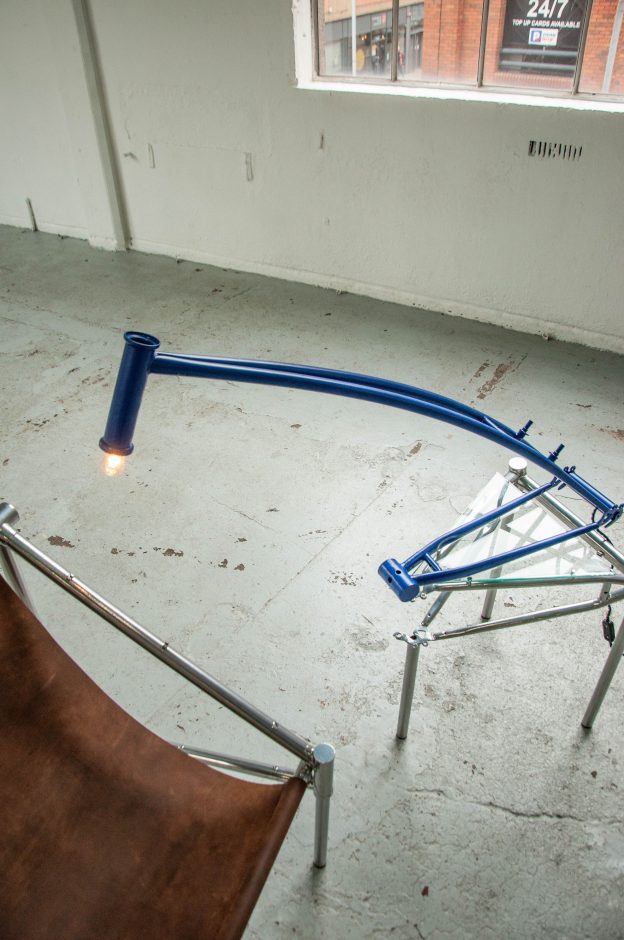

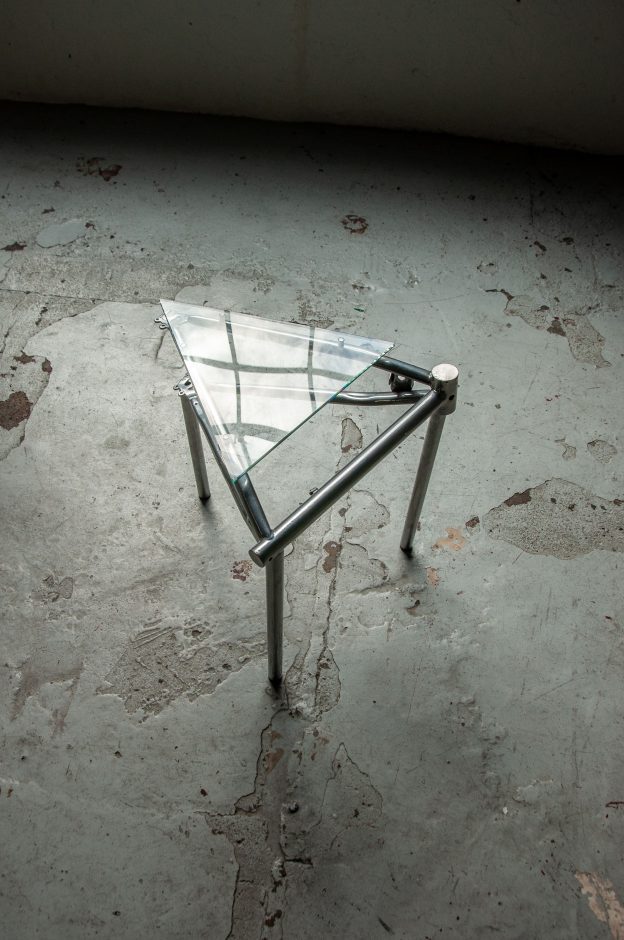

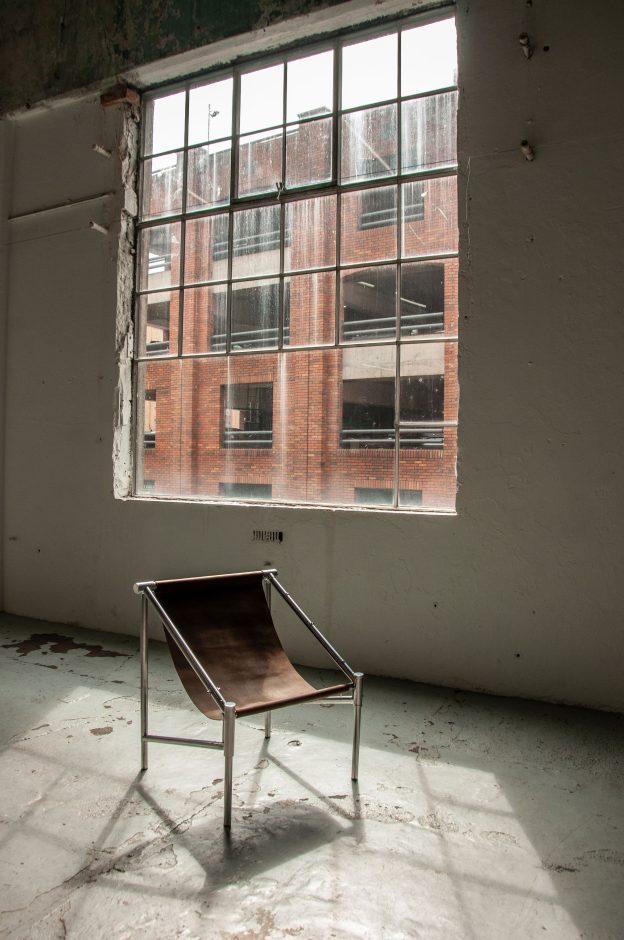

Moreover, metals offer a lightweight, fire-resistant, and durable alternative to wood and plastic, with the added benefit of resisting rot, termites, and mold. Iconic structures like the zinc roofs in Paris, which have lasted since the Napoleonic era, and the nearly century-old roof of the Chrysler Building in New York, underscore metal’s remarkable longevity. This durability, combined with its recyclability, makes metal a cornerstone of eco-conscious design.
The “Liquid Metal” Look
One of the most intriguing trends of 2024 is the “liquid metal” look, where metal appears fluid, as if it were poured into shape and then frozen in time, embodying the material in its elemental state. Various methods bring this effect to life, such as hydroforming, showcased by designers Nitush and Aroosh, or manipulating metal under extreme pressure, as demonstrated by Tim Teven. Studios like Studio Birtane and Nicolas Erauw have pushed the boundaries of wax casting techniques, with Erauw even inventing his own machine, the TONK TONK, to perfect the process.
This trend extends from furniture to lighting fixtures and even jewelry, creating pieces that seem to flow and move even while standing still. The liquid metal look is perfect for those who want to add a bit of drama and sophistication to their interiors, with pieces that catch the eye and spark the imagination.
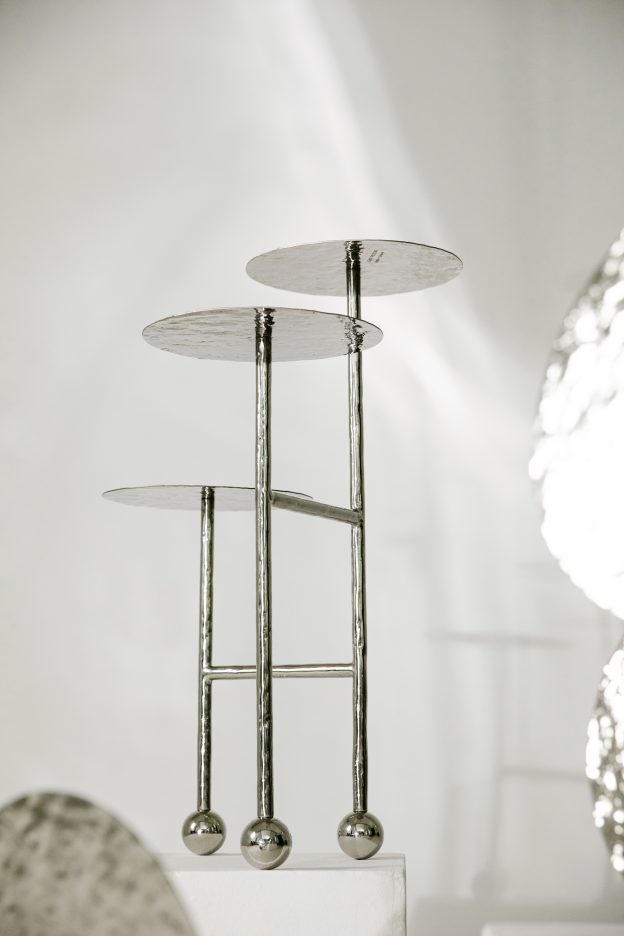

by FURN OBJECT


by Studio Birtane
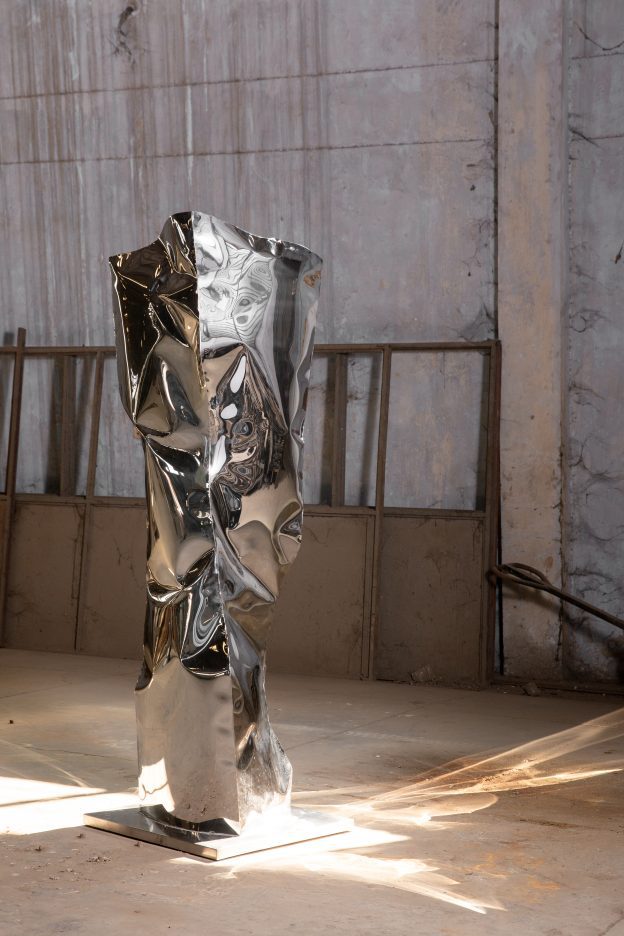

by Nitush and Aroosh


by By Way Of
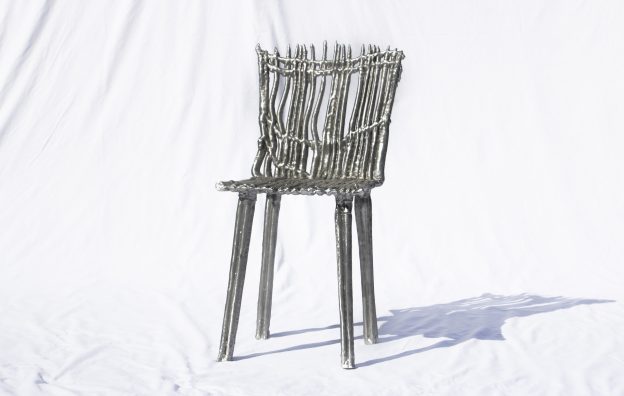

by Nicolas Erauw


Modular Shelving Systems: Endless Customization
Modular systems have also been on the rise in 2024, reflecting a growing demand for multifunctional and customizable design. Shelving systems, in particular, are experiencing a surge in popularity, with metal emerging as the material of choice for these endlessly adaptable pieces. Studio MOTO’s Stack collection epitomizes this trend, utilizing a limited set of aluminum components to construct everything from cabinets and shelves to totems and side tables which can be reconfigured in countless ways to suit any space or need. These systems not only offer practical solutions but also infuse interiors with a sleek, contemporary edge, making them a go-to choice for those who value both style and utility.


by Bram Kerkhofs Design Studio
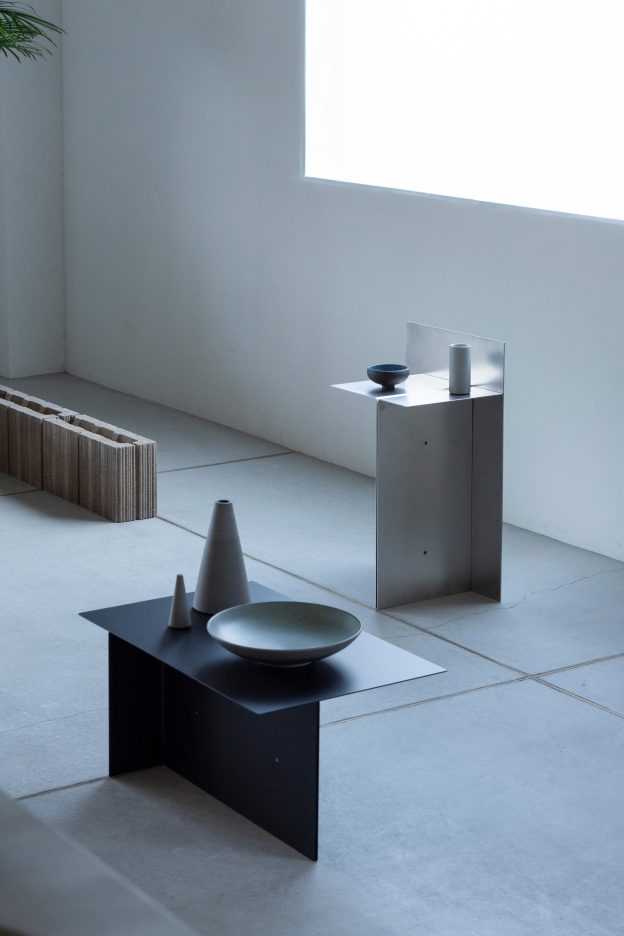

By So Koizumi


By studio MOTO


by studio MOTO
Metal Jewelry Design in 2024
The metal trend extends beyond interiors and into fashion, particularly jewelry. In 2024, jewelry design is embracing the same bold metal aesthetics seen in interiors, though on its own timeline. Unlike other fashion trends, jewelry is made to last and evolves at a different pace due to the high-quality materials and craftsmanship involved. While trends in jewelry are often context-dependent and less fleeting, they still reflect broader design movements.
This year, the “liquid metal” look is also prominent in jewelry, mirroring its influence in interiors. Chains are back in vogue, with designers and buyers exploring mixed metals and layered combinations. Stacking is a key trend, with enthusiasts layering necklaces, bracelets, and rings in creative, personal styles. These trends showcase a blend of functional beauty and visual impact, underscoring a growing appreciation for metal’s versatility.


by Delphine Severs


by Johanna Edwardh


by Laura Dominici
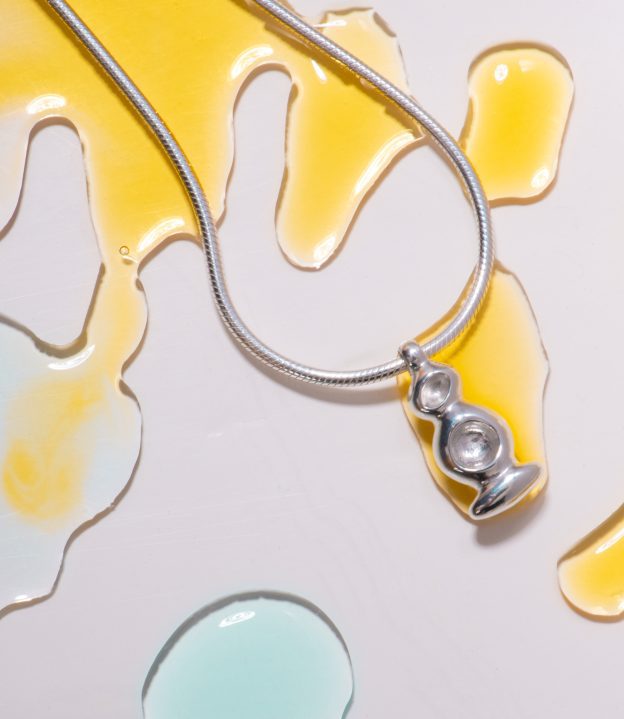

by Onus Studio
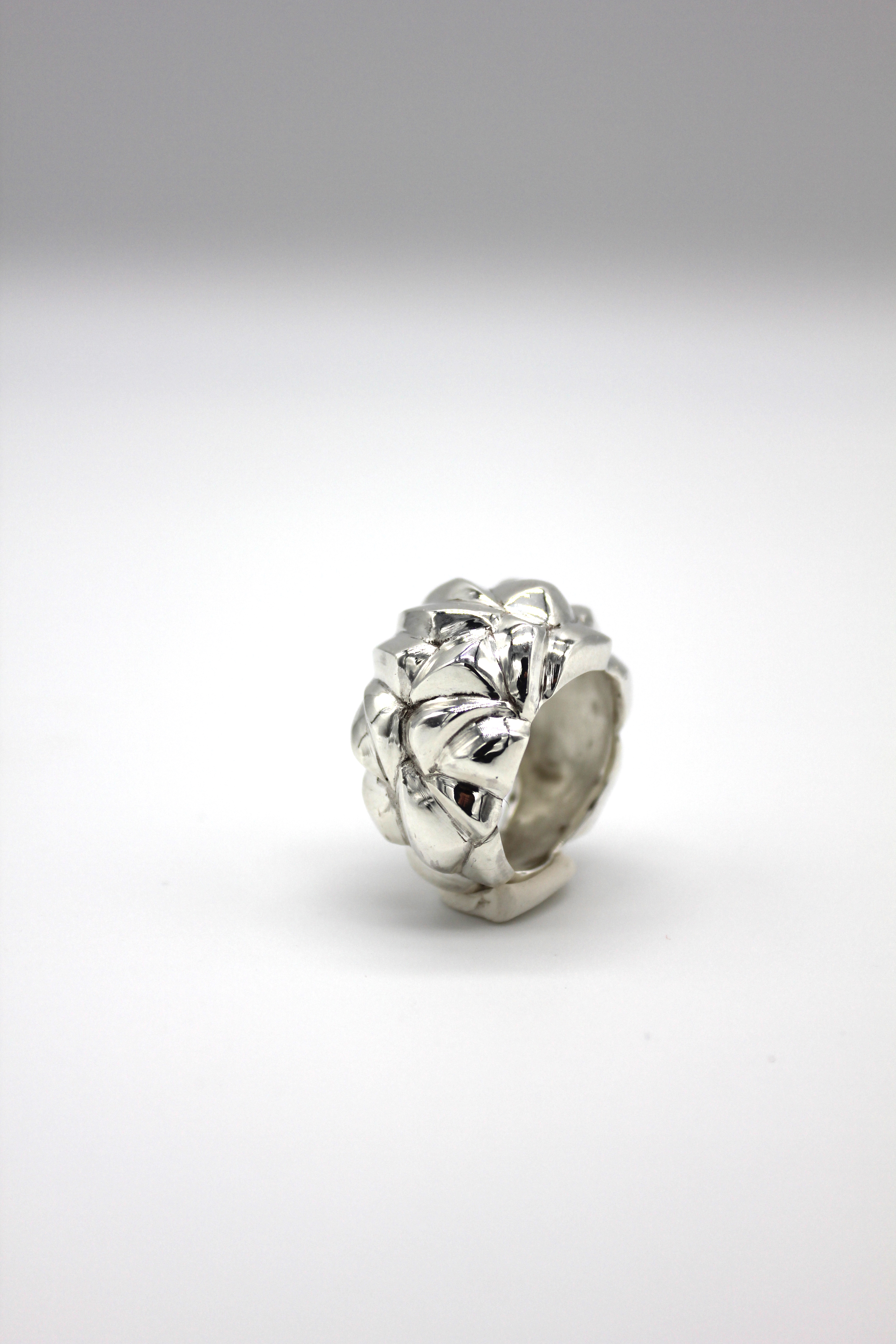

by Maïté Jewelry
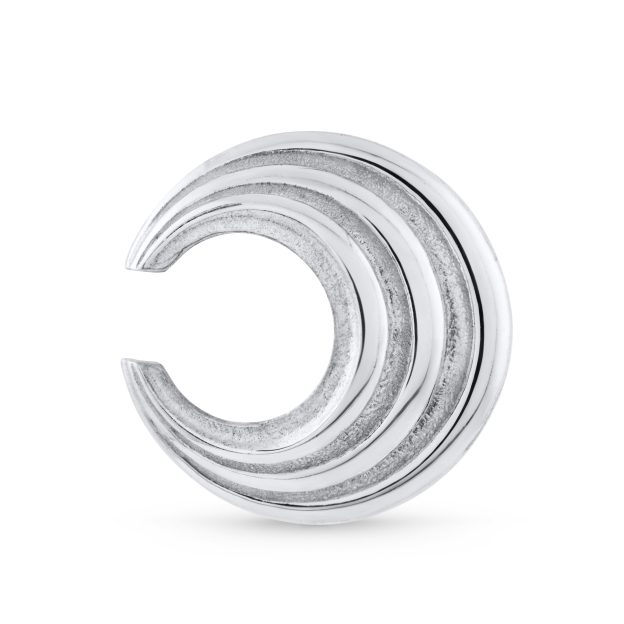

by By Way Of
The Future of Metal in Design
Metal will remain a cornerstone of interior design, and its role will continue to evolve beyond basic utility. The focus is shifting towards its innovative applications and the nuanced ways it’s used. Aluminum’s sustainable lightness and stainless steel’s enduring appeal—highlighted by its cradle-to-cradle recyclability—illustrate a deeper shift in design philosophy. This evolution reflects a broader approach that prioritizes materials with both practical sophistication and lasting versatility. In both cutting-edge interiors and contemporary jewelry, metal’s role is continually reimagined, setting a bold, defining standard for the future.
-

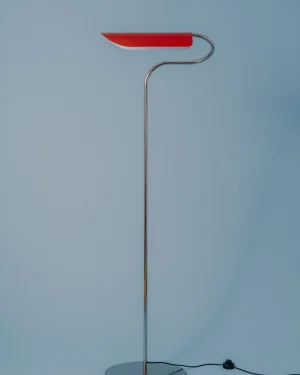 Poser – Stainless Steel Floor Lamp€1.240 incl. tax
Poser – Stainless Steel Floor Lamp€1.240 incl. tax -

 Poser – Stainless Steel Table Lamp€558 incl. tax
Poser – Stainless Steel Table Lamp€558 incl. tax -

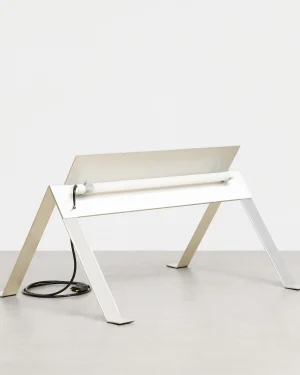 L1 Low Floor LampPrice range: €1.375 through €2.125 incl. tax
L1 Low Floor LampPrice range: €1.375 through €2.125 incl. tax -

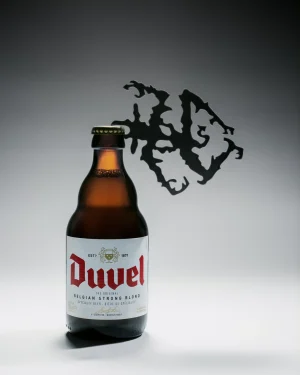 Lucifer – Bottle Opener€65 incl. tax
Lucifer – Bottle Opener€65 incl. tax -

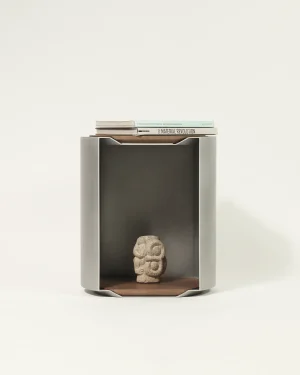 OrugaPrice range: €2.750 through €7.500 incl. tax
OrugaPrice range: €2.750 through €7.500 incl. tax -

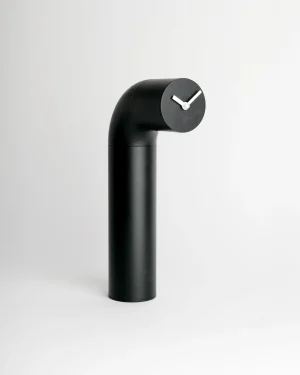 Stadia Clock Black – Stainless Steel Table Clock€563 incl. tax
Stadia Clock Black – Stainless Steel Table Clock€563 incl. tax -

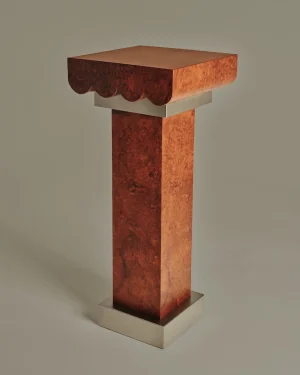 Dione Pedestal€7.000
Dione Pedestal€7.000 -

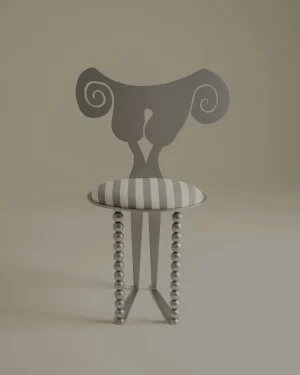 Alma Chair€5.000
Alma Chair€5.000 -

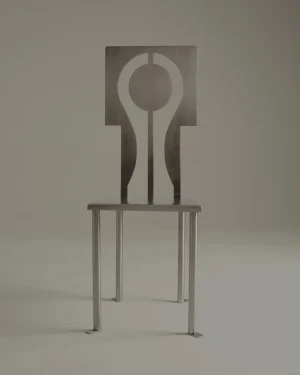 Luna Chair€4.300
Luna Chair€4.300 -

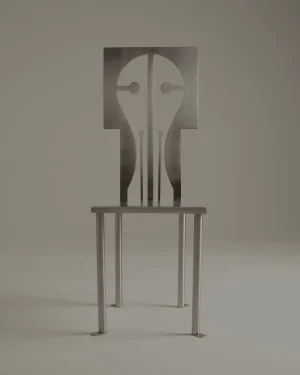 Epona Chair€4.300
Epona Chair€4.300 -

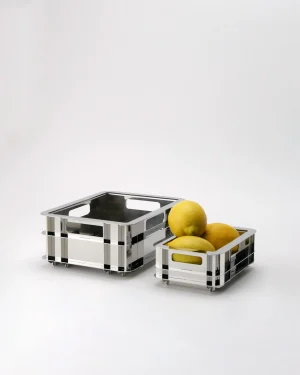 Inoxbox Set – Crate For Valueables€525 incl. tax
Inoxbox Set – Crate For Valueables€525 incl. tax -

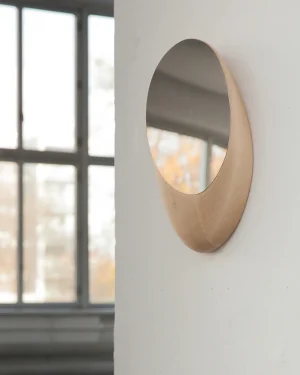 Maple Mirror E — Ves Medium€2.648 incl. tax
Maple Mirror E — Ves Medium€2.648 incl. tax
